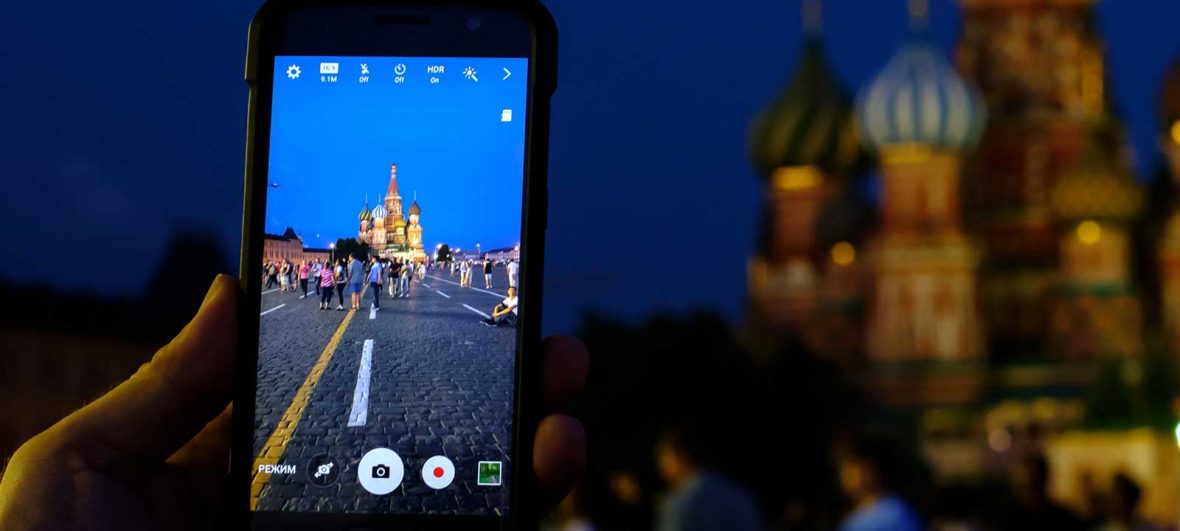Targeted investment and political will is transforming the Russian capital into a smart and vibrant urban centre. And, writes Andy Snow, it promises to improve life for local communities.
Big, brash, and full of energy, Moscow is a city that knows how to make an impression. For all its attractions — world-class museums, landmarks and a rapidly transforming city centre, to name a few — its downsides are impossible to ignore. Traffic-clogged roads, overbearing architecture and an unforgiving climate all take their toll on visitors and residents alike.
However, change is afoot. Moscow is in flux, turning itself around and transforming into a modern city. Suddenly, urbanism is the buzzword, as Moscow takes a new interest in the way it looks and works. The physical transformation that the city is experiencing matches how the city is embracing technological advances that are enabling Moscow to become a leading Smart City, using digital technology to manage city operations more efficiently and improve its citizens’ wellbeing.
A challenging landscape
With almost 17 million residents, Moscow is one of the most populous urban areas in Europe and the 16th worldwide —with an area of 2,900 sq. km, compared to 3,000 sq. km for Berlin and 3,700 sq. km for Paris. The planning of the city is monocentric, with a single city centre orientated around commercial and historic areas. Congestion and pollution are significant, with huge numbers of people commuting each day from the mainly residential outer districts of the city to the centralised commercial areas and back again.

For a city as immense as Moscow, commuting becomes an enormous roundtrip, highlighting a critical issue: amenities are simply too far away from each other to access without transport. The city has had to prioritise vehicular movement for a long time now; the ‘Garden Ring’ — a 16-lane road that encircles the city centre — is living proof of this. At times it enables swift connections from one district to another, but at others it regularly transforms into a huge traffic jam, clogging up the entire city.
Moscow has made significant strides forward to address these issues over the past five years, and the positive change within the central parts of the city is undeniable. New parks, pedestrian streets and cycling routes have revitalised much of the centre, creating a vibrant street culture that matches any big leading international city.
Outside of the city centre however, Moscow has huge swathes of industrial land plots that are either in decline or already derelict. As late as 2000, 17 per cent of Moscow’s territory was current or unused industrial land. After many of the factories closed in the 1990s, land became derelict throughout much of the following two decades.
Knocking down walls
Moscow’s much-maligned “khrushchevki” apartment blocks — low-cost, concrete-panelled five-storey apartment blocks developed during former Soviet leader Nikita Khrushchev’s reign — are now officially living on borrowed time. The buildings, built en masse in the late 1950s, have already started disappearing in a series of demolitions. But plans announced by the Moscow government this year are the most extensive yet, with up to 8,000 buildings, currently populated by approximately 1.6 million people, in line for bulldozing and new, higher density accommodation planned to replace them.
The huge areas of land made available by reclaiming both industrial land and khrushchevki apartments is decentralising the city and changing the way Moscow will function. Mixed-use developments further out of the city centre focus mainly around improved public transportation hubs. This leads to a new form of urbanism, changing the way people interact with buildings and the spaces between them, such as parks and other infrastructure.
An urban awakening
This new urbanism will provide a richer variety of options for residents. Better quality buildings and improved connections mean people can walk rather than drive, creating desirable destinations outside of the city centre.
With the city hoping to emulate the successes of similar schemes around the world, Moscow has arrived at this point in its regeneration slightly later than other post-industrial cities. But this is even more reason for a successful development that learns from the good and bad points of industrial regeneration around the world.
Already, life in the Russian capital has become strikingly modern and, in conjunction with its urban renewal, Moscow has been working towards becoming a smart city over the last six years. It has pioneered e-government, making public services digitally available to citizens; continued to develop an integrated public transport network as it seeks to ease traffic congestion; and is investing in technology to transform the city’s classrooms. Visitors to the city can easily see Moscow embracing technologies; people are glued to their tablets and smartphones and there is free wi-fi access in public spaces and vehicles. Device charging points are available at train stations and bus stops.
Treading a new path
Moscow’s plan is to continue to push for greater public/private partnerships that will continue to regenerate urban areas and develop smart city technologies — such as virtual and augmented reality, artificial intelligence in the form of chatbots, and blockchain — a digital ledger that presents an irrefutable, transparent transactional record.
Partnerships between private tech companies and the government are driving these applications. There are numerous international design competitions for key urban initiatives within the city — from the redevelopment of the old industrial districts, to the restoration of the Moscow river and the ecology that surrounds it.
What is clear in Moscow’s case is that with the right investment and political will, cities can transform into smart, sustainable urban centres with the potential to improve the way of life for local communities. Through the right strategy and optimal application of both modern urbanisation and technology, Moscow can involve and empower its citizens, and achieve a better quality of life for everyone.

